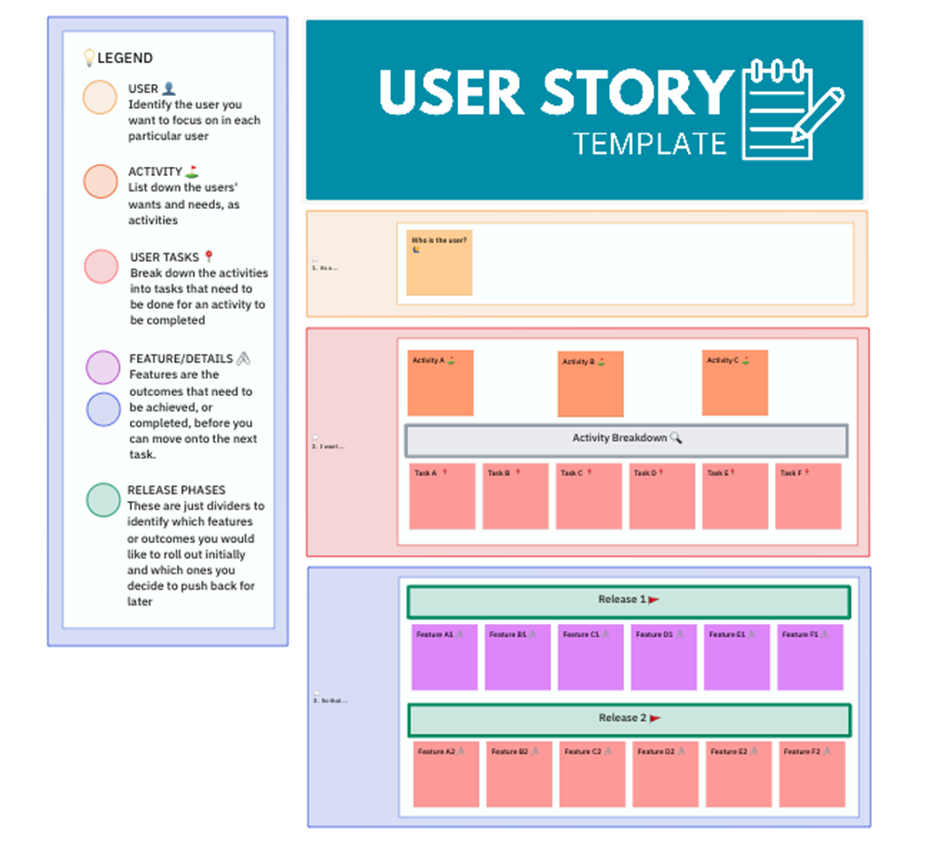
"A solid user story template can save time, reduce miscommunication, and help your team focus on what matters: building features that actually solve user problems."
"A good template uses a standard format (e.g., As a [user], I want [goal], so that [value]) to maintain clarity and ensure every story is easy to read and understand."
"Including a checklist or section for acceptance criteria ensures each story is testable and aligned with the Definition of Done (DoD)."
"Good Jira templates are flexible enough to adapt to different roles (e.g., dev, QA, UX) or project types (e.g., features versus bugs)."
User story templates in Jira are critical for effective Agile development. They save time and reduce miscommunication by providing a clear structure and formatting. A good template typically includes acceptance criteria, context for dependencies, supports collaboration during refinement, and is adaptable to different team roles. Maintaining clarity with a consistent format helps ensure readability and understanding across the team, ultimately improving the efficiency of feature development that addresses user needs.
Read at ClickUp
Unable to calculate read time
Collection
[
|
...
]